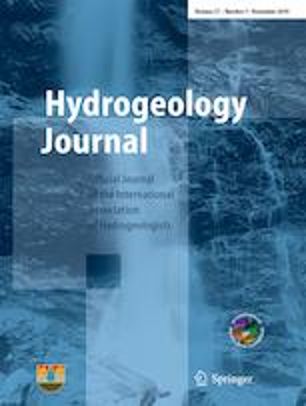| Title: | The 3D Water Atlas: a tool to facilitate and communicate new understanding of groundwater systems |
| Authors: |
|
| Abstract: |
Effective management of groundwater resources requires an understanding of the complexity of groundwater systems by the experts, and a certain level of understanding and trust in management by the community. Groundwater data sharing and visualisation systems are being used across the world to provide an insight into groundwater systems. The 3D Water Atlas of the Surat Basin, Queensland, Australia, provides a way of visualising and analysing hydrogeochemical information in a way that is accessible to a wide audience. It combines data on the location, construction, water chemistry and water levels of groundwater bores within the framework of a geological model and other spatial datasets. It is freely available on a single Web-based interactive three-dimensional (3D) platform. Visualisation tools such as line graphs of groundwater bore water levels, pie charts and animations of major ions, can be used to advance understanding of groundwater resources. For example, a general regional decline, but with local variability in Hutton Sandstone groundwater levels in the Surat Basin can be seen by using the 3D Water Atlas. The combination of groundwater data with filtering, analysis and visualisation tools in the 3D Water Atlas helps to communicate complex hydrogeological concepts. It can also assist with the management of groundwater resources by improving confidence in decision-making, as necessary information can be viewed together, in context. Although the 3D Water Atlas was produced for the Surat Basin, its design means that 3D Water Atlases for different regions can be produced easily. |
| Citation: | Wolhuter A, Vink S, Gebers A, Pambudi F, Hunter J & Undershultz J (2020), The 3D Water Atlas: a tool to facilitate and communicate new understanding of groundwater systems, Hydrology Journal, vol 28 (1), pp 361-373. https://doi.org/10.1007/s10040-019-02032-w |
| Keywords: | Australia; Groundwater management; 3D visualisation; Quality control; Geographic information systems |


